
Although the United States has been in many wars, Congress last used its power to declare war in 1942, according to the archives of the House of Representatives. That declaration was part of a series of declarations of war during World War II. The other well-known congressional actions were for World War I and the War of 1812.
WWII was, without a question, the largest war in history — in terms of the scope of nations involved, the wide geography of where battles were fought, and the use of ground, air, and naval weapons. The biggest battle of the war was the Battle of Stalingrad, with an estimated 2 million casualties.
Many of the battles in WWII were conflicts between the Soviet Union, one of the Allied powers, and Nazi Germany, the main Axis power. These battles were characterized by the size of military resources involved and the significant civilian population loss. These are 18 of the deadliest weapons of all time.
The fog of war always complicates exact casualty totals. The estimates are the result of historians patching together primary documents over many years.
To identify the biggest battle of WWII, 24/7 Wall St. reviewed the number of estimated casualties — deaths and wounded. As part of our evaluation, we included civilian casualties. To make our final selection, we reviewed material from sources such as the Imperial War Museum in London, World War II battle database and more.
Click here to see the biggest battle of World War II

18. Battle of Monte Cassino
> Estimated total casualties: 75,000
> Date: Jan. 17 to May 18, 1944
> Combatants: Western Allies and Nazi Germany
[in-text-ad]
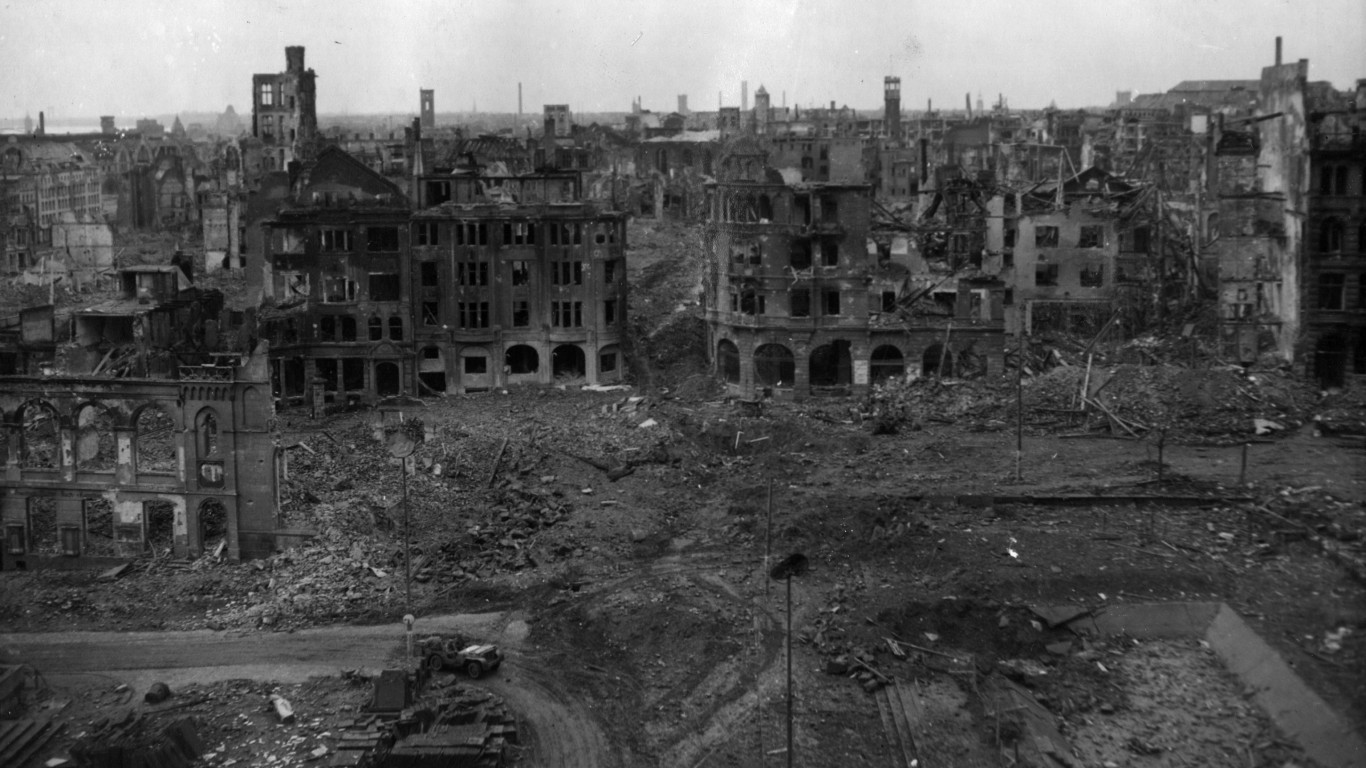
17. Battle of the Rhineland
> Estimated total casualties: 113,000
> Date: Feb. 8, 1944 to Jan. 25, 1945
> Combatants: Western Allies and Nazi Germany
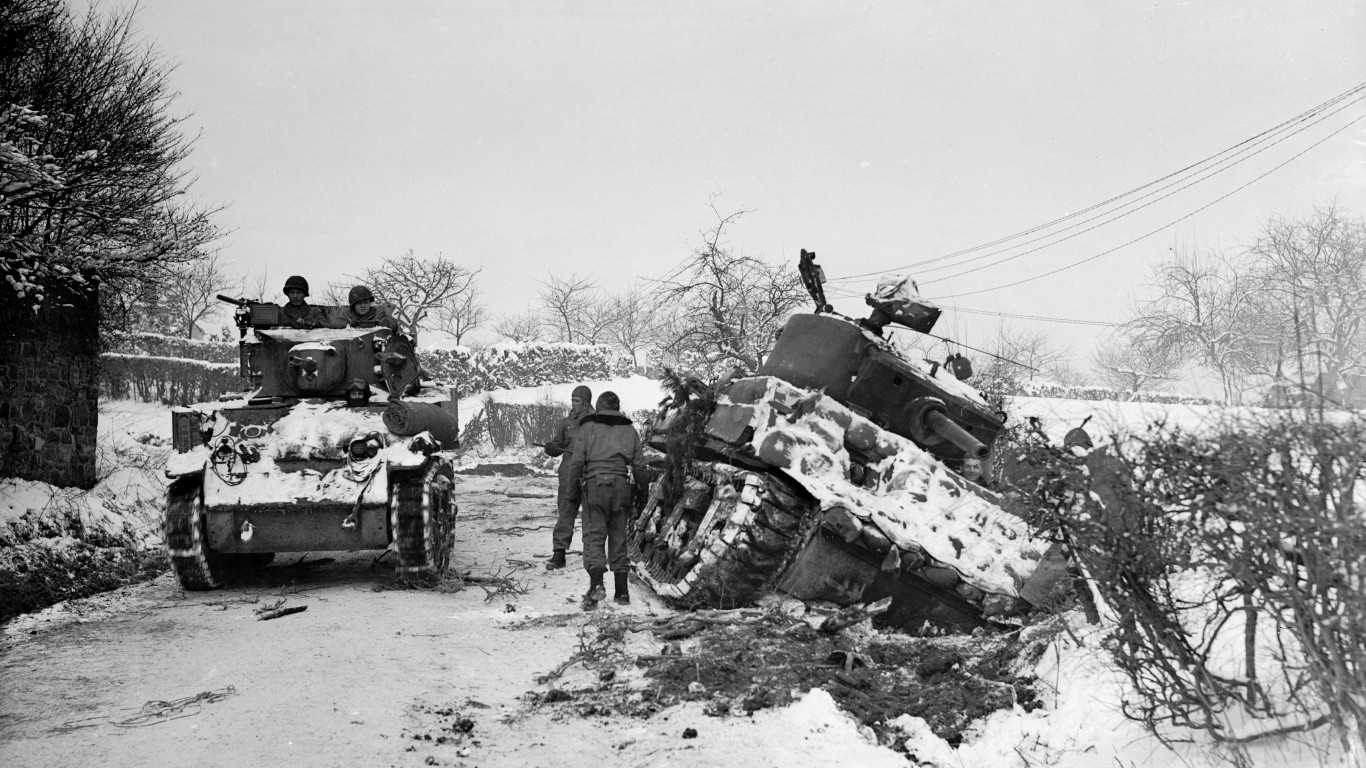
16. Battle of the Bulge
> Estimated total casualties: 195,000
> Date: Dec. 16, 1944 to Jan. 25, 1945
> Combatants: Western Allies and Nazi Germany
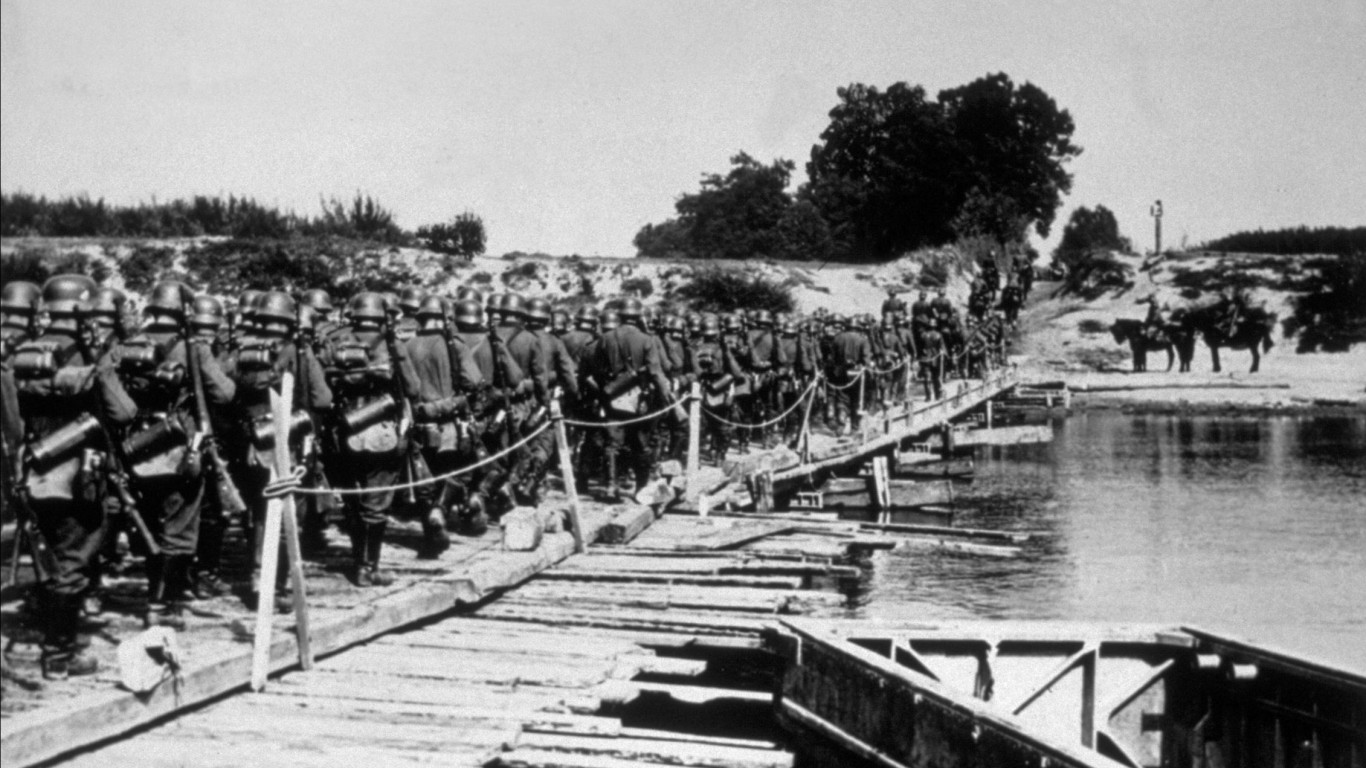
15. Invasion of Poland
> Estimated total casualties: 250,000
> Date: Sept. 1 to Oct. 6, 1939
> Combatants: Nazi Germany and Poland
[in-text-ad-2]
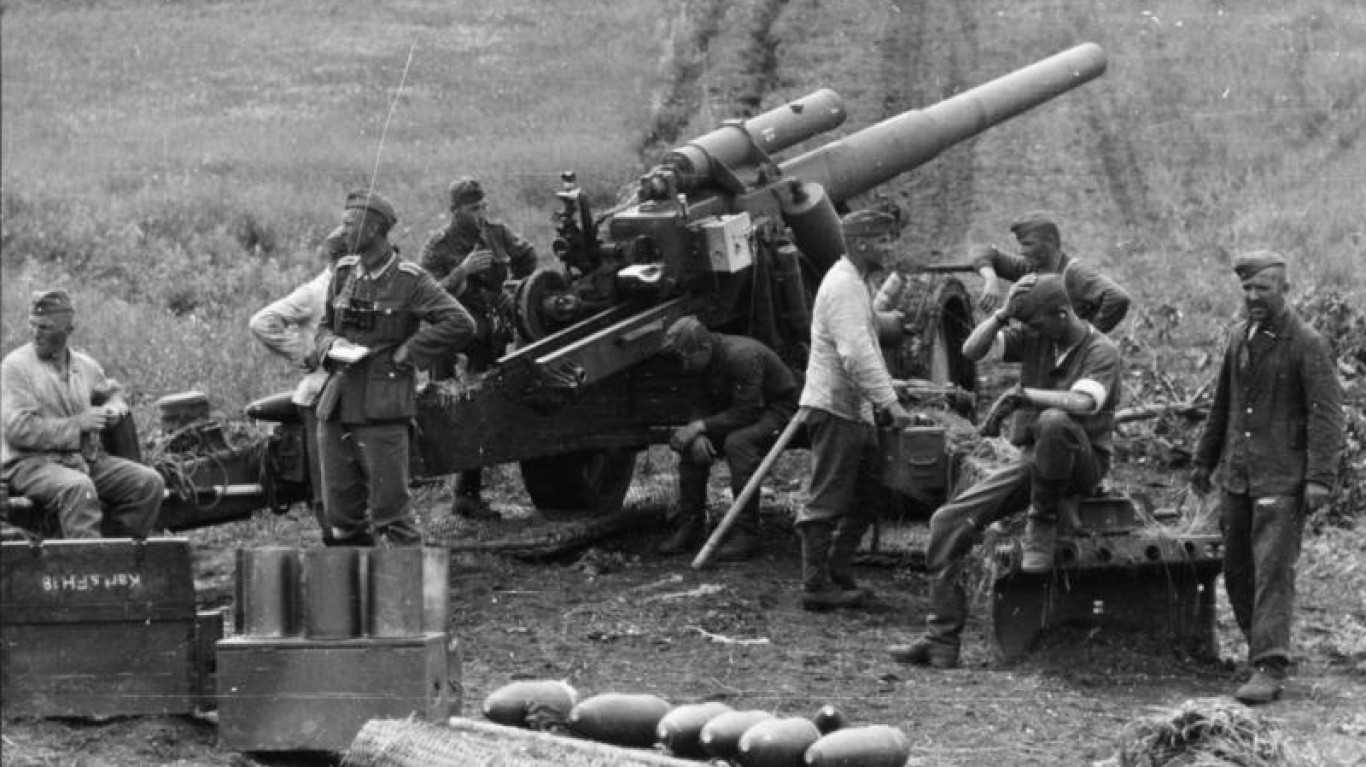
14. Second Battle of Kharkov
> Estimated total casualties: 300,000
> Date: May 12 to May 28, 1942
> Combatants: Soviet Union and Nazi Germany

13. The Zhejiang-Jiangxi campaign
> Estimated total casualties: 356,000
> Date: May 15 to Sept. 4, 1942
> Combatants: China and Japanese Empire
[in-text-ad]
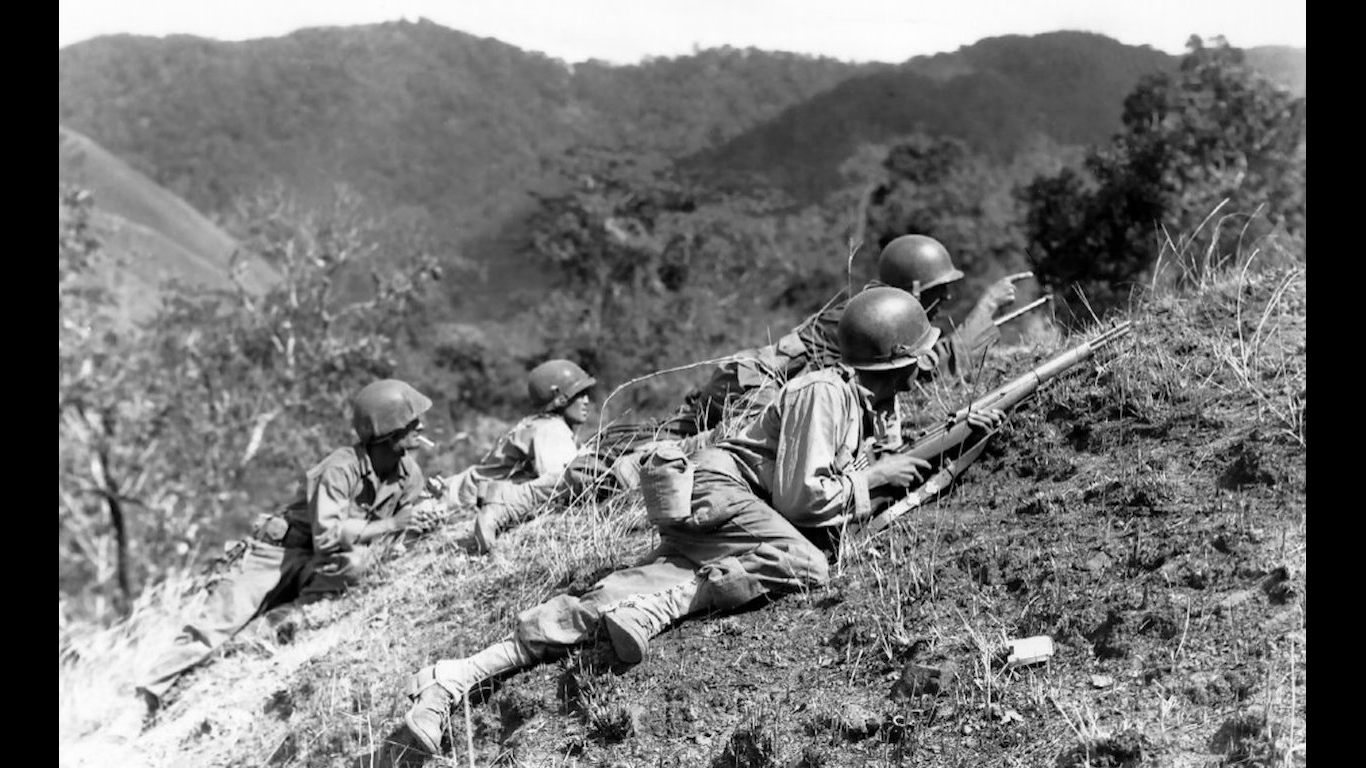
12. Battle of Luzon
> Estimated total casualties: 370,000
> Date: Jan. 9 to March, 1945
> Combatants: United States and Japanese Empire

11. Battle of France
> Estimated total casualties: 517,000
> Date: May 10 to June 22, 1940
> Combatants: Western Allies and Nazi Germany
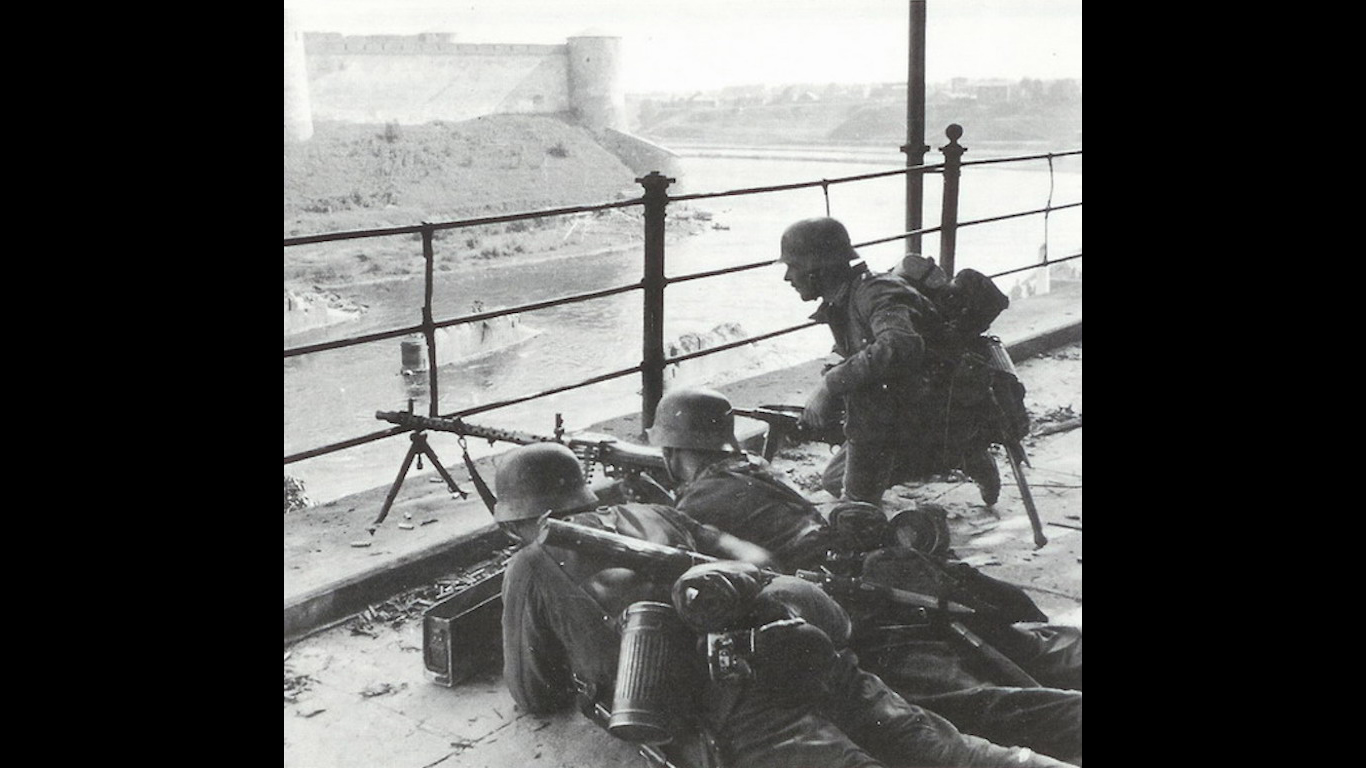
10. Battle of Narva
> Estimated total casualties: 550,000
> Date: Feb. 2 to Aug. 10, 1944
> Combatants: Soviet Union and Nazi Germany
[in-text-ad-2]

9. Operation Overlord
> Estimated total casualties: 625,000
> Date: June 6 to Aug. 30, 1944
> Combatants: Western Allies and Nazi Germany
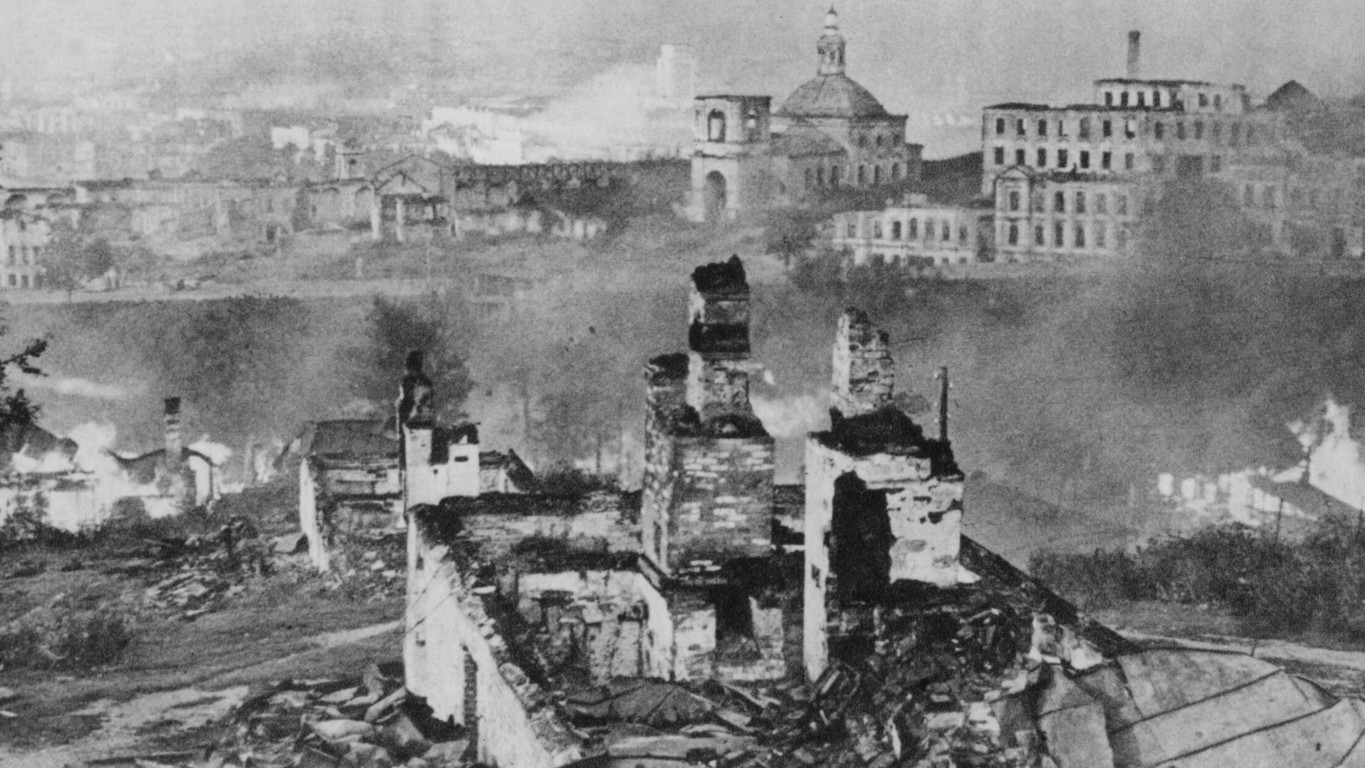
8. Battle of Smolensk
> Estimated total casualties: 700,000
> Date: Aug. 7 to Oct. 2, 1943
> Combatants: Soviet Union and Nazi Germany
[in-text-ad]
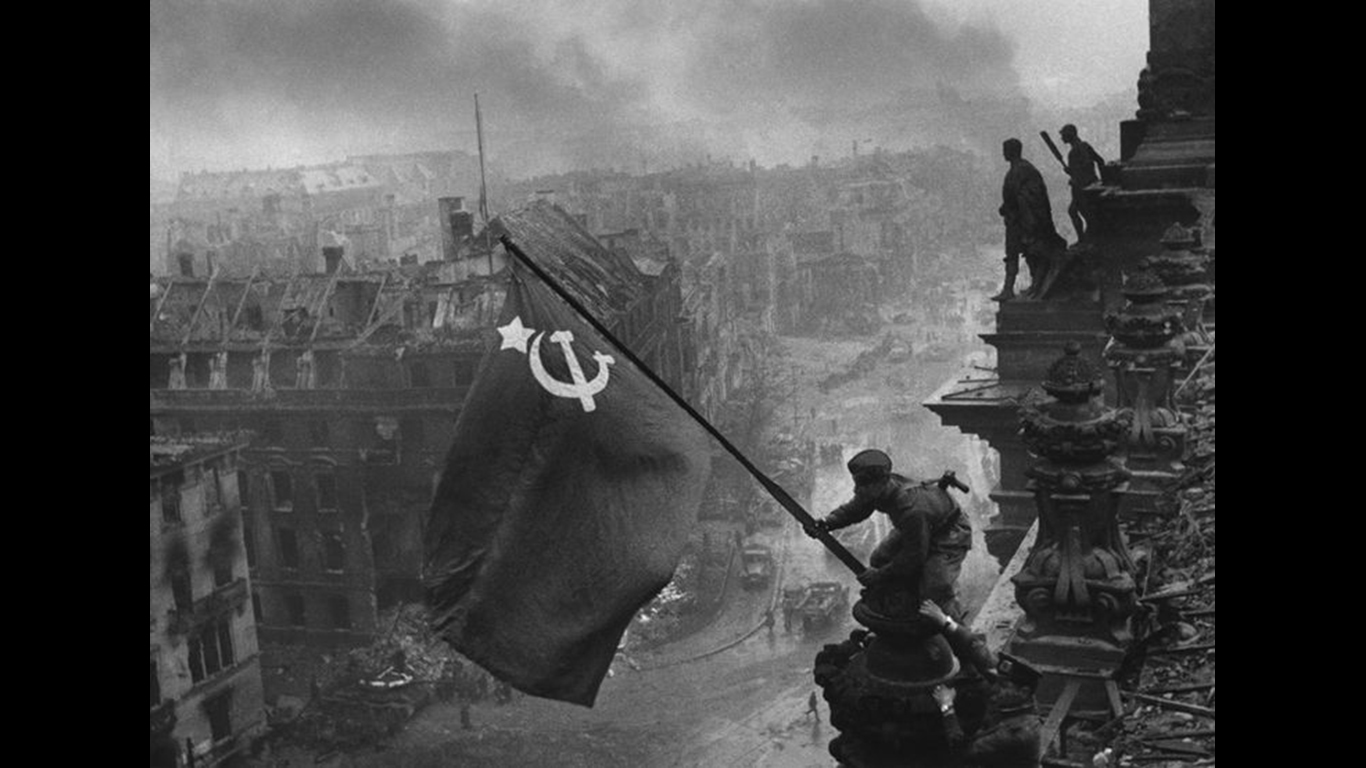
7. Battle of Berlin
> Estimated total casualties: 820,000
> Date: April 16 to May 8, 1945
> Combatants: Soviet Union and Nazi Germany
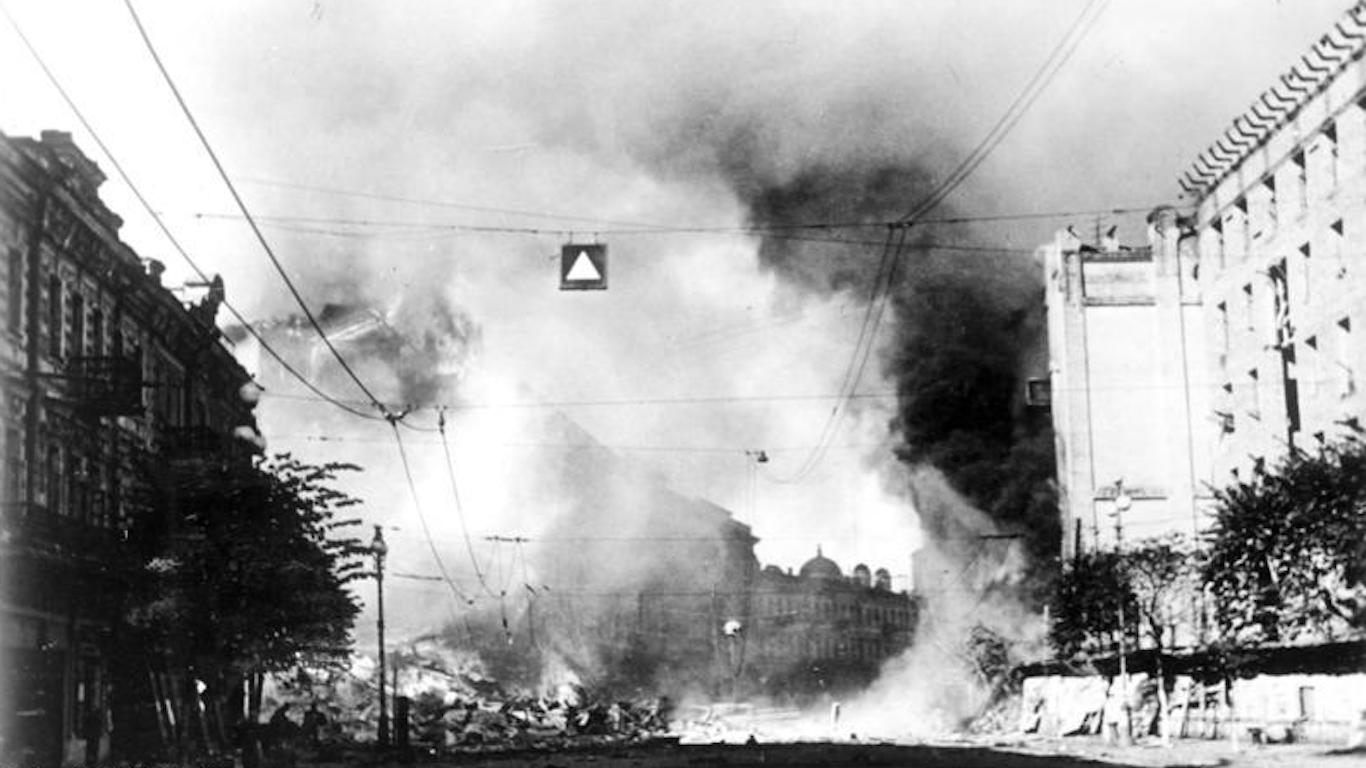
6. Battle of Kiev
> Estimated total casualties: 822,000
> Date: Aug. 23 to Sept. 26, 1941
> Combatants: Soviet Union and Nazi Germany

5. Battle of Kursk
> Estimated total casualties: 1,000,000
> Date: July 5 to Aug. 23, 1943
> Combatants: Soviet Union and Nazi Germany
[in-text-ad-2]

4. Operation Bagration
> Estimated total casualties: 1,080,000
> Date: June 23 to Aug. 19, 1944
> Combatants: Soviet Union and Nazi Germany
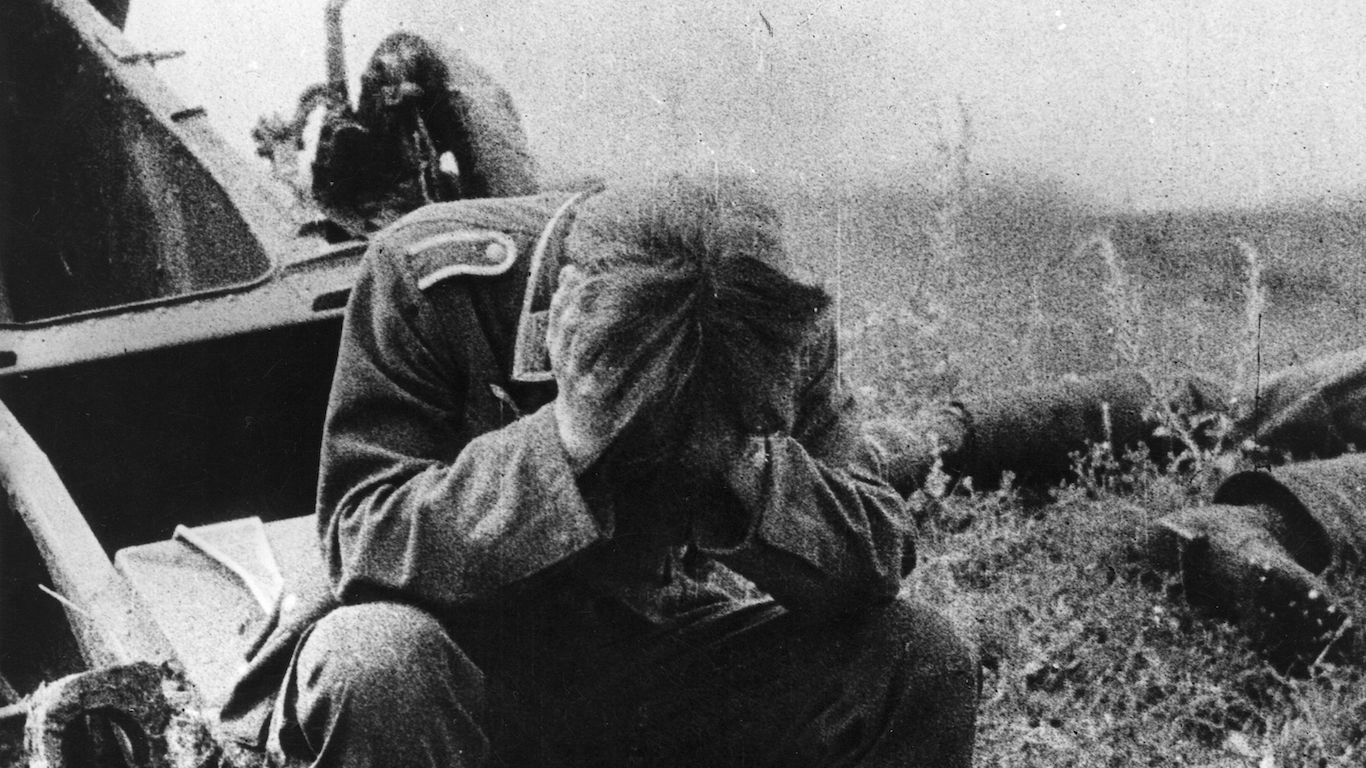
3. Battle of Moscow
> Estimated total casualties: 1,300,000
> Date: Oct. 2, 1941 to Jan. 7, 1944
> Combatants: Soviet Union and Nazi Germany
[in-text-ad]
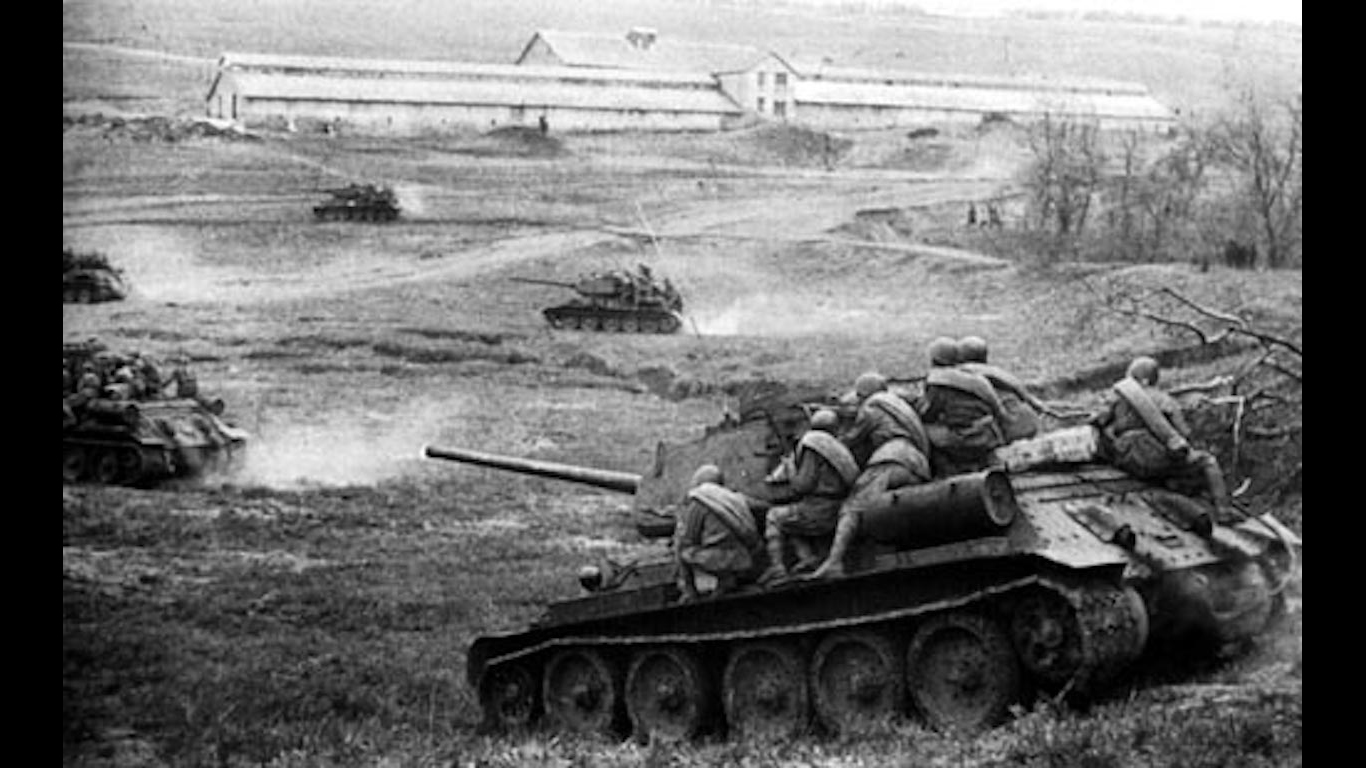
2. Dnieper-Carpathian Campaign
> Estimated total casualties: 1,442,956
> Date: Dec. 24, 1943 to April 14, 1944
> Combatants: Soviet Union and Nazi Grermany

1. Battle of Stalingrad
> Estimated total casualties: 2,000,000
> Date: July 17, 1942 to Feb. 2, 1943
> Combatants: Soviet Union and Nazi Germany
Thank you for reading! Have some feedback for us?
Contact the 24/7 Wall St. editorial team.
 24/7 Wall St.
24/7 Wall St.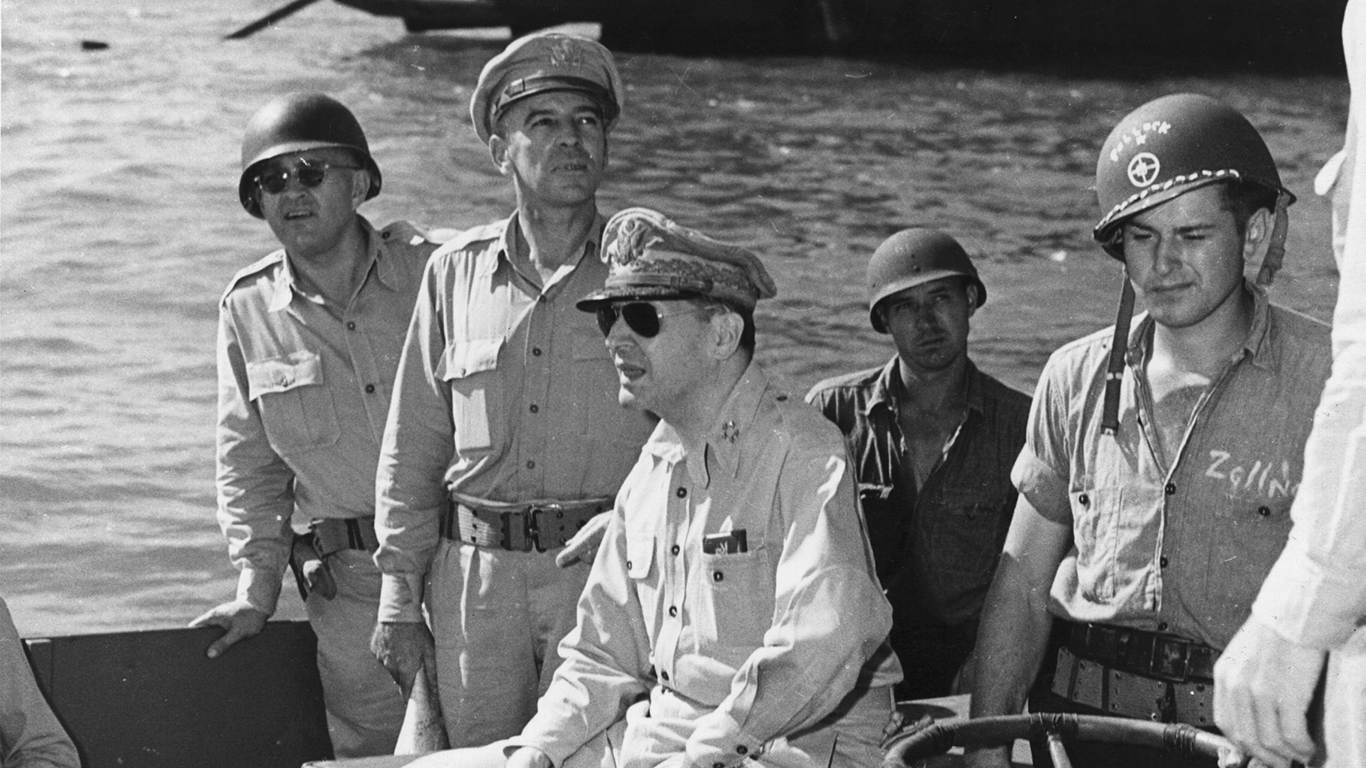 24/7 Wall St.
24/7 Wall St. 24/7 Wall St.
24/7 Wall St.
